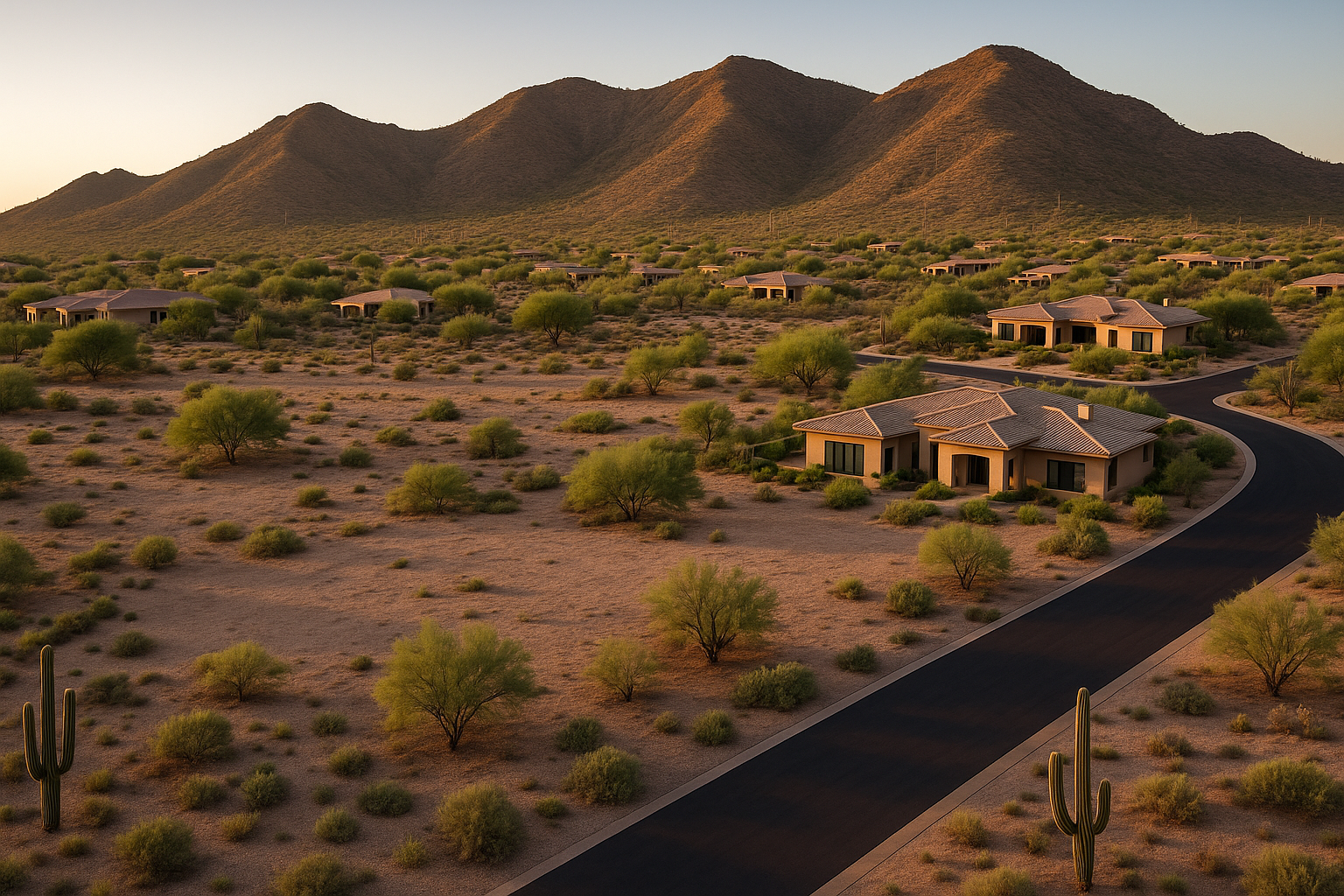
This one clears up a major source of confusion. Folks hear “zoning” and think that’s the final word—but land use is the bigger picture. Here’s the post in your signature voice: real, educational, and clarity-driven.
Zoning gets all the attention.
But land use? That’s the bigger umbrella—and the key to understanding why your land is (or isn’t) buildable.
These two terms get tossed around like they’re the same thing. They’re not.
And if you’re buying, building, or selling land in Arizona, it’s critical to know the difference.
Land use is the actual activity taking place. Farming. Housing. Mining. Commercial space. A church. A mobile home. A storage yard. Whatever it is—it’s the real-world use of the land.
There are three types of land use you need to pay attention to:
Existing (or Current) Use
Allowed Use (per Zoning Code)
Future or Planned Use (per County Land Use Plan)
This is what’s physically happening on the land right now.
Examples:
It’s just dirt → vacant land
Someone’s parking RVs on it → informal use
There’s a house → residential use
It’s being farmed → agricultural use
💡 Just because something is happening doesn’t mean it’s legal under zoning.
Zoning is the legal framework that tells you what can happen on the land.
It includes:
Building types allowed
Lot size minimums
Setback requirements
Permitted vs. conditional uses
Example:
A parcel zoned RU-43 might be used for residential or agricultural purposes—but not commercial storage without a use permit.
This is where it gets interesting.
Counties and cities often adopt General Plans or Land Use Plans that show what areas are intended for in the long term.
Even if your land is zoned residential now, the plan might show it as “employment center” or “medium-density housing” in 10–20 years.
🧠 This info helps buyers, investors, and developers predict trends—or prep for zoning changes.
They see residential zoning and assume they can build anything → not true
They assume current use = allowed use → nope
They don’t realize the General Plan could impact long-term value or development potential
Look up the zoning on the county GIS map
Read the zoning ordinance for that district
Ask the county planning office if the use is permitted, conditional, or prohibited
Check the General Plan Map for future land use goals
Pull the current use from assessor records or site visit
💡 Zoning = rules.
Land use = what’s actually happening + what’s envisioned.
In the Land Clarity Blueprint™, I break down:
Current zoning and what it legally allows
The land’s physical use history (if available)
Future land use maps and growth patterns
Any mismatches between what’s happening vs. what’s allowed
⚠️ Disclaimer: I don’t rezone land or file use permits—but I help you understand what’s on paper so you’re not flying blind.
Zoning tells you what you’re allowed to do.
Land use tells you what’s actually being done—and what’s planned down the line.
Understanding both gives you the full picture—and helps you make moves that match the land’s reality.
Because smart land ownership starts with clarity.